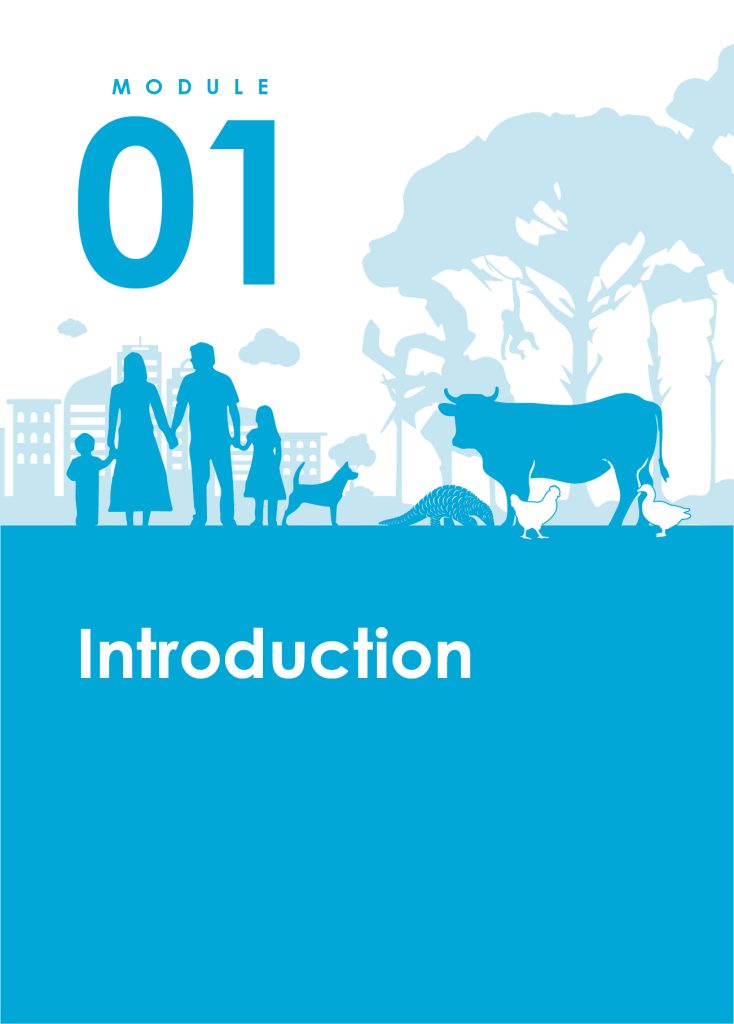

Future pandemics, with the potential to escalate to pandemic levels, are both devastating and avoidable. By proactively identifying and managing their root causes, we can effectively reduce the frequency of these outbreaks and their consequences. To do this, we must understand the deep drivers of pandemics. Additionally, we will address the “Why” behind global pandemics.
The three deep drivers of pandemics include: (1) People consume animal-sourced food products, (2) Globalization, and (3) Change (i.e., climate change, demographic change, land-use change, and cultural changes).
To better understand the key factors that can contribute to spillover, INGSA Asia Chapter in partnership with the U.S. National Academies of Sciences, Engineering, and Medicine (NASEM) undertook a project to develop a guidebook with a goal to inform prevention and mitigation of zoonotic spillover originating in the live animal supply chain in the Southeast Asia region. Understanding the factors that lead to pathogen spillover in the region, and identifying points for intervention can help reduce the risk that a HCP from the region could contribute to a pandemic. Such efforts are critical to inform efforts of pandemic prevention and mitigation.
Project Management
The project, Countering Zoonotic Spillover of High Consequence Pathogens (HCP), is conducted in collaboration with the US National Academies of Sciences, Engineering, and Medicine (NASEM).
The project is locally managed by Project Officer, Hazel Yean Ru Ann, who is co-located with the INGSA-Asia office at Sunway University, Malaysia.
If you or your organisation are involved with the live animal supply chain in Asia, or have expertise in zoonosis, we encourage you to get in touch with the Project Officer and help us to operationalise and disseminate best practice in the field.

